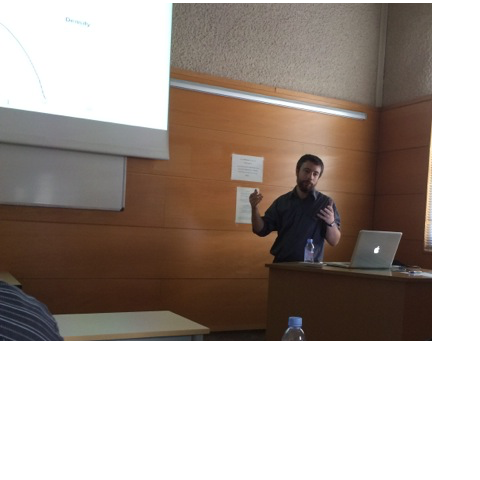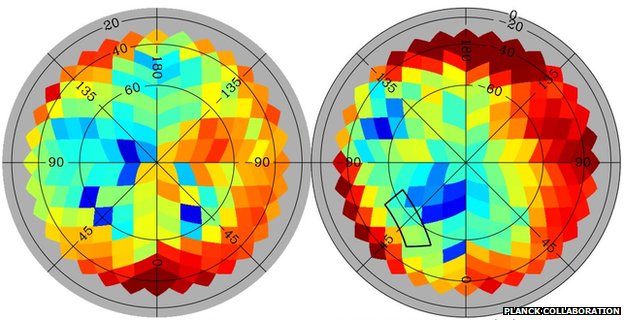The ORION-B ("Outstanding Radio-Imaging of OrionN B") project, of which I am part, has issued a press release in conjunction with the publication of its first three papers, led by J. Pety, P. Gratier, and J. Orkisz. Using the IRAM 30 meter radio-telescope in Sierra Nevada (Spain), we have achieved the most complete observations in the radio domain of the Orion
B giant molecular cloud (GMC), a huge reservoir of interstellar matter in the Orion nebula, containing about 70,000 times the mass of the Sun in gas and dust. The dataset amounts to about 160,000 images of 325 x 435 pixels, enough to make a movie of 1h50m
at 24 frames per second. However, only 1% of these frames -1 minute of the movie- deliver a clear
signal, including emission from molecules such as carbon monoxide, carbon monosulfide, cyanides,
methanol, small hydrocarbons, and the like. Detecting these molecules is crucial, since molecular
hydrogen, which makes up about 75% of interstellar gas, is invisible in cold molecular clouds.
Molecular emission thus enables a radiography of clouds that are otherwise invisible to the unaided eye.
The press release is available
here, the three associated papers and data sets are available through the project's
website.


